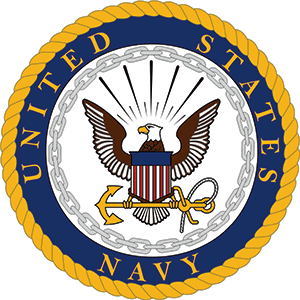ABOUT HSL 47
- Origins: Helicopter Anti-Submarine Squadron Light 47 (HSL-47), known as the "Saberhawks," was established on September 21, 1984, at Naval Air Station North Island, California.
- Primary Mission: HSL-47 specialized in anti-submarine warfare (ASW), anti-surface warfare (ASuW), search and rescue (SAR), and logistical support, primarily operating from U.S. Navy ships.
- Sikorsky Seahawks: The squadron operated variants of the Sikorsky SH-60B Seahawk helicopter, a maritime adaptation of the famous Black Hawk, equipped for shipborne operations and advanced sensor suites.
- Pioneer in LAMPS: HSL-47 was part of the Light Airborne Multi-Purpose System (LAMPS) Mk III community, integrating helicopters with shipboard combat systems for enhanced fleet protection.
- Gulf War Deployments: The Saberhawks participated in Operation Desert Shield and Desert Storm, providing critical ASW and surface surveillance support in the Persian Gulf during the early 1990s.
- Humanitarian Efforts: Beyond combat, HSL-47 helicopters were involved in humanitarian missions, such as disaster relief after the 2004 Indian Ocean tsunami and other emergencies in the Pacific region.
- Collaboration with Surface Fleet: The unit routinely deployed detachments aboard various U.S. Navy cruisers and destroyers, enhancing the ships’ reach and flexibility through embarked helicopter detachments.
- Safety Record: HSL-47 earned numerous Navy Safety Awards, demonstrating a commitment to operational excellence and aviator safety throughout its years of service.
- Transition and Deactivation: In 2012, as part of the Navy’s transition to the MH-60R Seahawk and the reorganization into Helicopter Maritime Strike (HSM) squadrons, HSL-47 was deactivated and its legacy continued by HSM-75 "Wolf Pack."
- Mascot and Spirit: The Saberhawk mascot symbolized the squadron’s aggressive, vigilant, and versatile character—a legacy remembered in Navy helicopter communities today.


